TL;DR
It's usually center positive.
Unless it's a laptop, a guitar effect pedal and/or stuff from SONY or Roland.
"Direction of current" is an horrible concept that you will eventually learn means nothing. (Pioneers thought electricity flowed from positive to negative, schematics kinda adhere to the pioneers' vision, physics showed it's all about electrons flowing in the opposite direction, so...) As such, it definitely doesn't influence barrel jack polarity.
Barrel jack polarity is pure convention.
And it mostly depends on what manufacturers feel like doing this month.
And that might seem especially true with 5.5 barrel jacks.
But once you start considering the voltage the barrel jack is delivering, patterns emerge. And manufacturers follow them. And this makes it easier to get readymade ultracheap power supplies for your projects.
In general, going positive center is the safe bet, but there's a big exception related to music gear that consumes 9v.
9v 5.5x2.1 plug center negative (typically .6 to 2A supplies) is a very widespread standard set by guitar pedals made by Boss/Roland. Many manufacturers copied and conformed to that, so finding a 9v device with that barrel size and center positive is super weird (it happens, but with really old gear).
12v 5.5x2.5 plug center positive, 1A or 2A, is another very widespread formula. A lot of musical keyboards, synthesizers, network gear and surveillance cameras go for it. Not entirely sure where it originated from, but Yamaha might be the culprit.
5v 5.5x2.1 plug center positive and 5v "type H" 3.5x13 plug center positive also seem to be quite widespread, with the latter one being pretty much ubiquitous with USB hubs. You can buy USB A to barrel jack cables without any polarity information advertised, and they will be center positive.
Then there's The Magic World of Laptops and their Infinite Nonsense. Their voltage typically spans from 18.5v to 24v, and it comes in all sizes and polarities. I strongly suggest everybody to stay away from that crazy bunch of connectors.
With voltages lower than 12, negative center is the odd one. And when you find it, it's usually related to Roland or SONY and their weird world domination schemes.
(SONY used preminently a 3v micro barrel jack center negative with walkmans and minidiscs -so, in the 80s and 90s- but I've never seen it catch on with other manufacturers)

